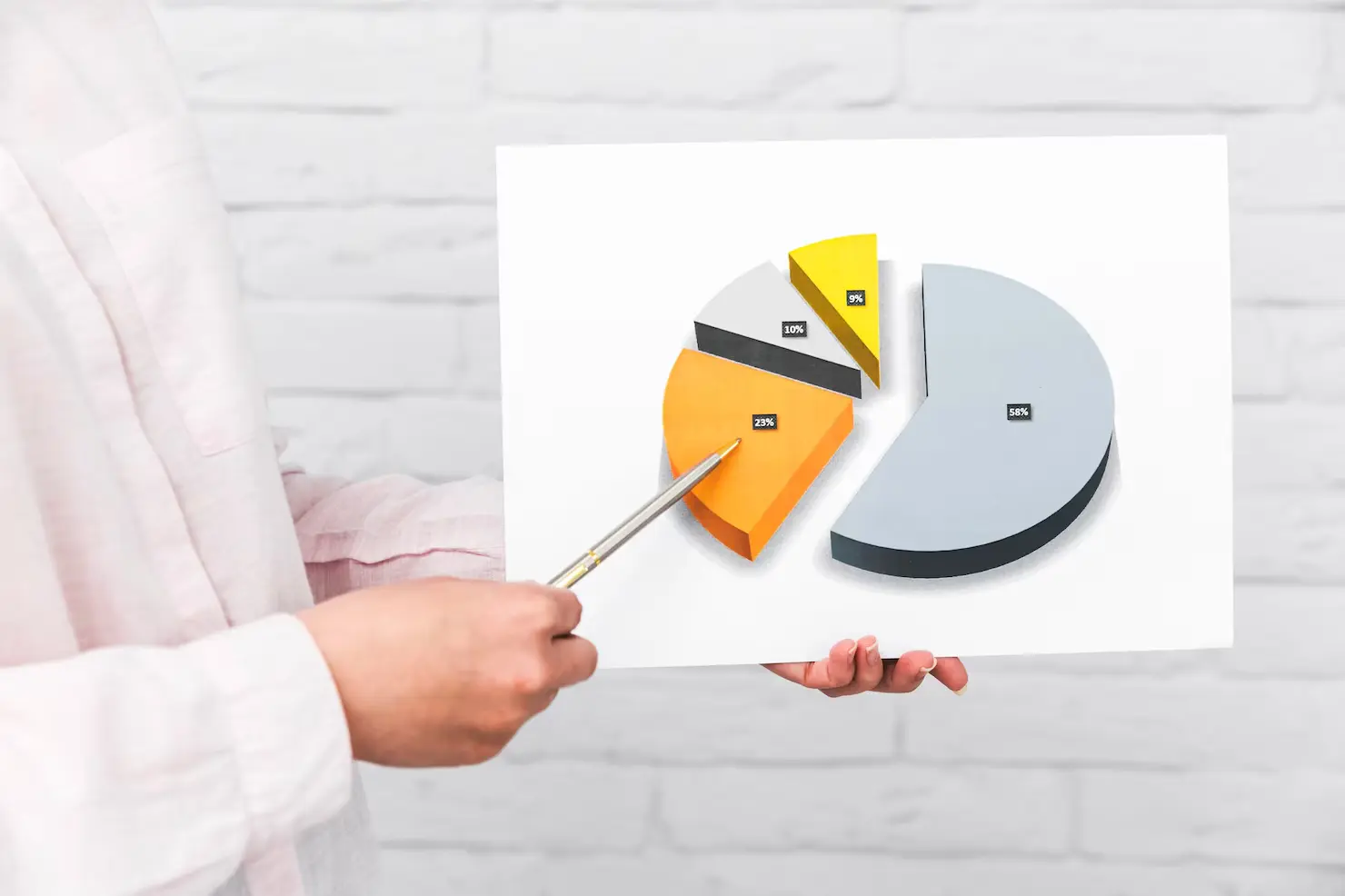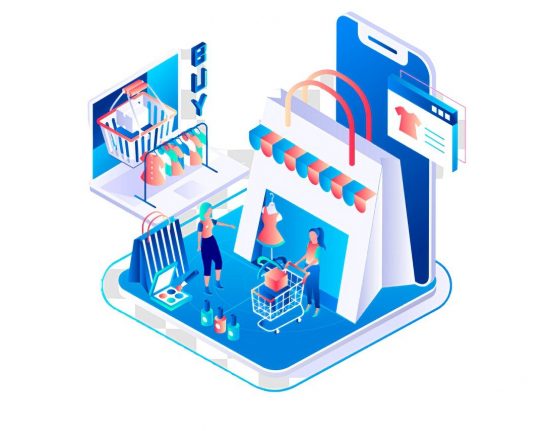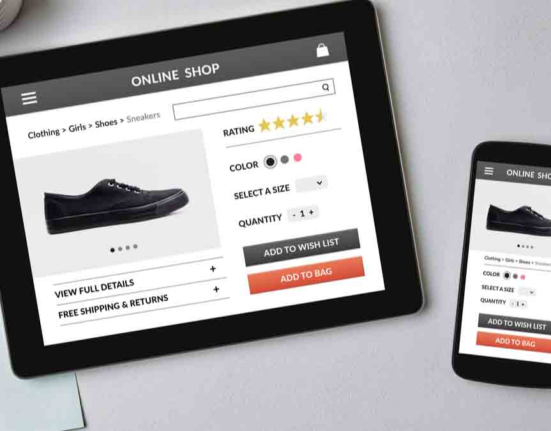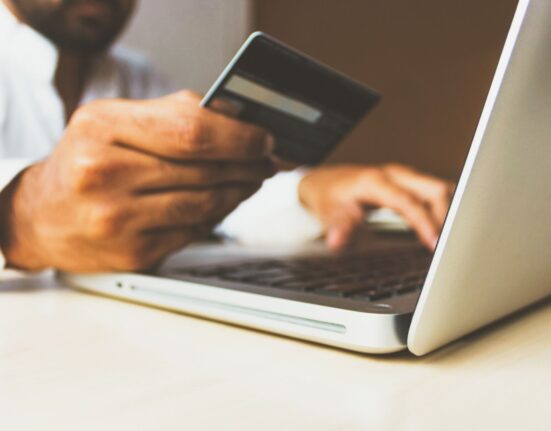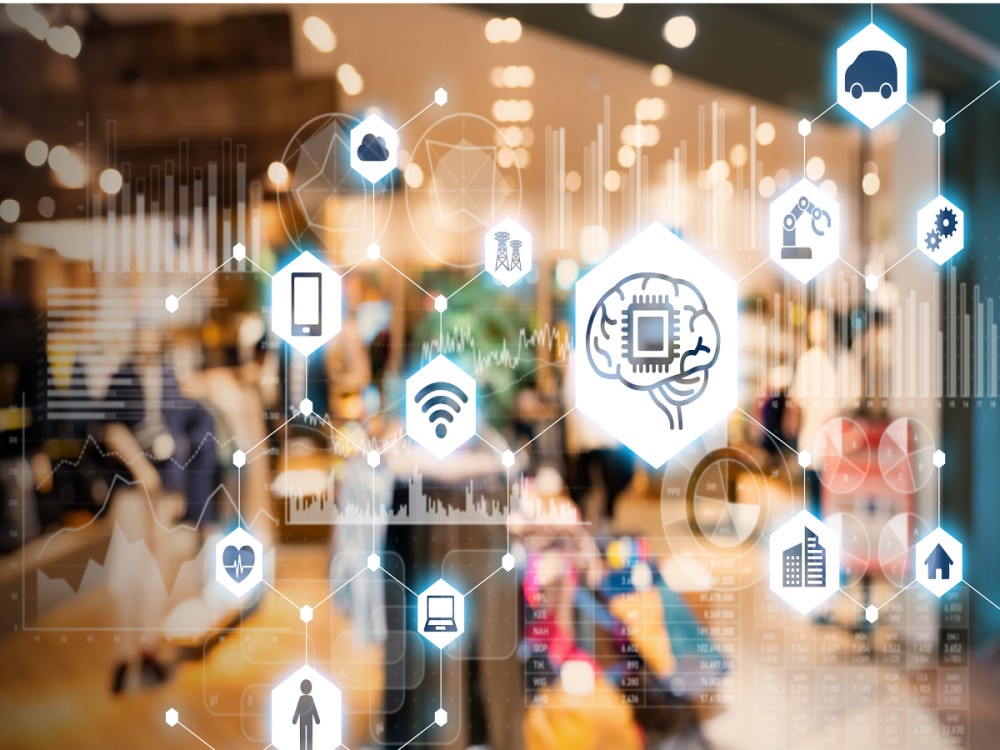For a long time, it was believed that the B2B sales funnel was fundamentally different. For example, most business buyers are not interested in learning about your product or service before they buy it; they want to be able to place an order immediately. However, this is no longer the case. According to Salesforce (a company that makes software for managing sales and marketing), today’s eCommerce buyer wants to see what other people think of your brand before making a purchase decision. This means that B2B sellers should focus on creating an engaging content strategy around their website’s homepage so that potential customers can easily access information about their business.
Introduction to the eCommerce sales funnel.
In the B2C sales funnel, you begin with a lead and end with a sale. In the B2B world, it’s much more complicated than that. You may ask yourself, “Why is this so hard? We’re just selling products.” Well, you’re right. But, there are several factors involved in making an online purchase decision that makes it much more complex than simply clicking “buy now.”
The first thing you need to do when considering how to build your eCommerce funnel is understanding what kind of buyer personas or types exist within your target market–and then create messages tailored specifically toward them.
Next comes lead generation; this means getting potential customers onto your website to learn about what you offer before deciding whether or not they want to buy from you. After converting leads into qualified prospects–those who show interest in purchasing from us–, we need another step: nurturing relationships with these prospects until we close sales with them (or lose them).
Step 1: Identify target buyers.
The first step in mastering the B2B sales funnel is identifying your target buyer.
To do this, you must first understand the decision-makers in your buyer’s organization and how they make decisions. It would help if you also got a handle on how long your prospects take to make a purchase decision (this will vary depending on the industry).
Finally, you’ll want to know what content will be most effective at different points of their buying process so that you can provide them with helpful information at each step along the way.
Step 2: Create buyer personas.
In a B2B sales funnel, it’s essential to understand your buyer personas. A buyer persona is a fictional character that represents your ideal customer. They are based on data about the demographics and psychographics of buyers in your industry.
For example, if you’re selling luxury watches online and have an email list of 20k people who have purchased luxury watches in the past year (or longer). You can use this information to create buyer personas for each age group: one for 25-30-year-olds, another for 35-40-year-olds, etc. You could also break down this group by income level or occupation type (e.g., lawyers vs. doctors).
Using these demographic breakdowns as a starting point will help guide how much effort goes into creating content around each persona type (i.e., what kind of content they want). This includes writing blog posts targeting different age groups, designing landing pages specific to those groups’ needs, creating videos geared explicitly toward those groups.
Step 3. Design your lead capture form.
- Create a lead capture form that is easy to fill out.
- Include a call to action.
- Make it clear what you’re offering and how it will benefit them.
- Be sure to include contact information in the form header and footer for easy reference later (their email address, phone number, etc.).
Step 4. Create a conversion-focused homepage and landing page(s).
The homepage is the first page visitors see when they visit your site. It’s an opportunity to pull potential customers in and make them feel like they belong while reinforcing what makes your brand unique.
The homepage must convey these messages:
- Who you are as a brand (e.g., “We’re here to help”)
- What value do you offer (e.g., “We help companies grow revenue by providing actionable insights into their sales processes.”)
- How you can help them (e.g., “Get started today.”)
Step 5. Build a lead nurturing machine with email marketing automation software, marketing automation software, and social selling platforms.
Now that you’ve set up your sales funnel and are ready to convert leads into customers, it’s time to automate the process.
- Email marketing automation software allows you to manage the entire lifecycle of a lead from first contact through conversion by automating emails based on specific triggers (such as when someone visits a particular page) or events (such as when they make a purchase). Automating repetitive tasks like sending welcome emails or follow-up messages after someone signs up for an account allows you to get more productive with less effort.
- Marketing automation software provides eCommerce brands with multiple products or services on their website to segment their audiences based on behavior so they can send targeted messages at just the right time in each customer journey stage–before they buy something else from another competitor.
- Social selling platforms help sales reps build relationships with prospects without going through all those steps manually every single time; instead, it does them automatically behind the scenes, so representatives don’t have any excuse for not having enough time left over after doing all these things manually before now.
Send an email that educates them on your product or service, then follow up with content-based emails encouraging them to continue the conversation.
Your first step is to send an email sequence that educates them on your product or service, then follow up with content-based emails encouraging them to continue the conversation.
You won’t likely sell anything in this first round of communication. Instead, you want to build interest and trust in your brand by providing helpful resources like blog posts and videos that answer common questions about what you do or how it works.
You’ll also want to ensure they have access (via links) to any info they might need regarding pricing structures or payment methods–if these are only available on your site already.
A B2B eCommerce sales funnel is more complicated than B2C but well worth the effort if you want to transform leads into customers.
B2C sales funnels are more straightforward than B2B. Because they have more leads, managing and optimizing your funnel is easier. However, if you want to transform leads into customers to grow your business, a B2B eCommerce sales funnel is well worth the effort.
In conclusion
The B2B sales funnel is more complicated than its B2C counterpart, but it’s also well worth the effort if you want to transform leads into customers. The key to success is creating buyer personas and lead capture forms that speak directly to your target audience’s needs and wants.
Then, use email marketing automation software with marketing automation software or social selling platforms so you can nurture those leads through each stage of their journey toward becoming buyers.

